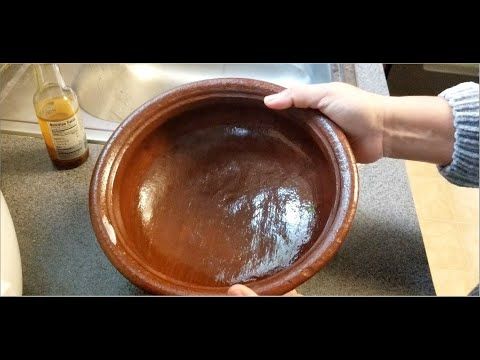How to Cook in an Unglazed Clay Pot

Introduction
Unglazed clay pots have been used for cooking for thousands of years, dating back to ancient civilizations such as the Romans, Greeks, and Egyptians. These pots are known for their ability to retain heat and moisture, resulting in tender and flavorful dishes. Not only do they provide exceptional results, but cooking in an unglazed clay pot is also a healthy option as it requires less oil or other fats. If you’re looking to explore the world of clay pot cooking, this guide will help you understand the basics and how to get started.
Why Choose an Unglazed Clay Pot
There are several reasons why you may want to consider cooking with an unglazed clay pot:
1. Enhanced flavors: Clay pots are known for their ability to enhance flavors and create a unique taste profile that cannot be achieved through standard cooking methods.
2. Balanced heat distribution: The porous nature of unglazed clay allows for even heat distribution, preventing hot spots that could burn your food.
3. Retained moisture: The porous nature of the clay also helps retain moisture within the pot, which in turn prevents drying out the food.
4. Healthy cooking method: With less oil or fat needed when preparing your meal, you’ll enjoy healthier dishes cooked in a natural way.
5. Environmentally friendly: Clay pots are made from natural materials and require less energy than metal cookware during production.
Preparing Your Unglazed Clay Pot
1. Before using your unglazed clay pot, it’s essential to season it properly:
2. Soak the unglazed clay pot and lid in water for at least 30 minutes.
3. Rub olive oil or another vegetable oil on the inner surfaces of the pot.
4. Place the pot in a cold oven, then set the temperature to 350°F (175°C).
5. Allow the pot to heat for 2 hours, then turn off the oven. Let the pot cool down completely before removing it from the oven.
Cooking with Your Unglazed Clay Pot
Once your clay pot is seasoned and ready for use, here are a few tips for successful cooking:
1. Always start with a cold oven: It’s essential to place your clay pot in a cold oven and gradually increase the temperature. This avoids sudden heat changes that can cause the clay to crack.
2. Use low and slow heat: Cooking in an unglazed clay pot requires gentle heat, usually ranging between 250°F-350°F (120°C – 175°C). Cooking at lower temperatures allows flavors to develop gradually while ensuring food remains tender and juicy.
3. Resist the urge to peek: Opening the oven door will cause a drop in temperature, leading to uneven cooking and potentially damaging your pot. Trust the process and avoid peeking during cooking time.
4. Plan ahead for longer cook times: Due to the low-and-slow cooking method, you may need to plan ahead when using your unglazed clay pot, as recipes may take longer than conventional methods.
5. Allow the pot to cool before cleaning it: Avoid exposing your hot clay pot to cold water or surfaces, which could cause it to crack. Let it cool down completely before cleaning by hand with mild soap and warm water.
Conclusion
Unglazed clay pots offer unique benefits that extend beyond their rustic aesthetic appeal. By incorporating these pots into your cooking routine, you’ll savor enhanced flavors and enjoy more delicious meals while embracing a healthier way of preparing food. With proper care and handling, your unglazed clay pot will become an essential tool in your kitchen for years to come.






